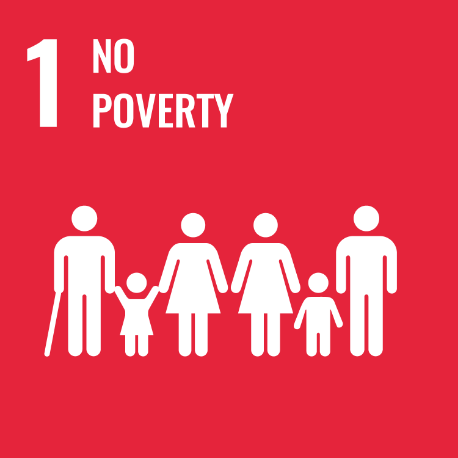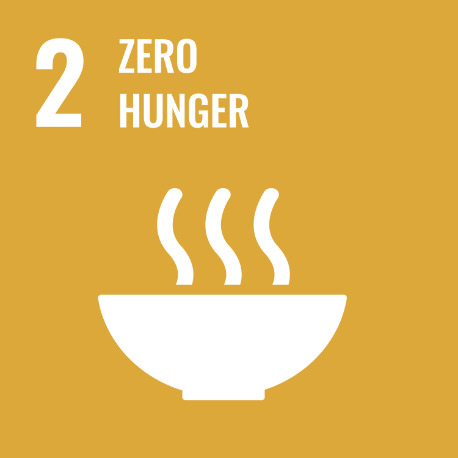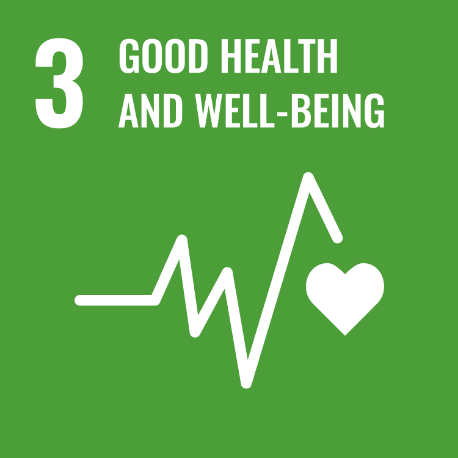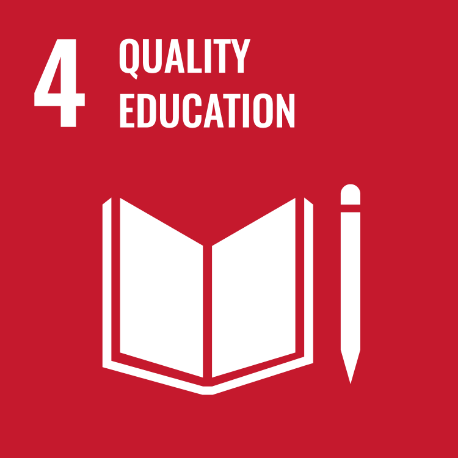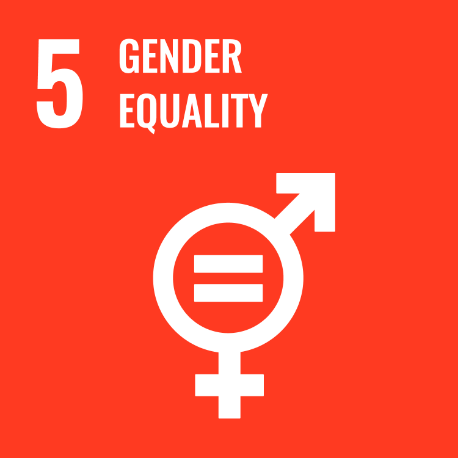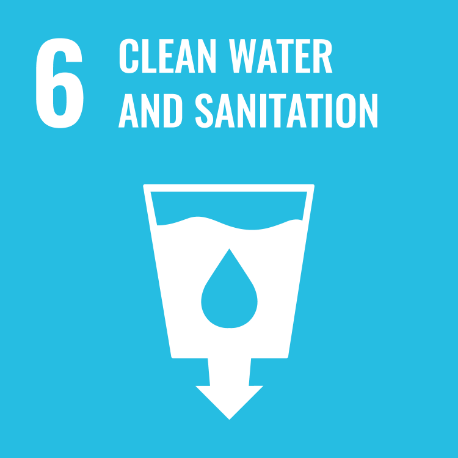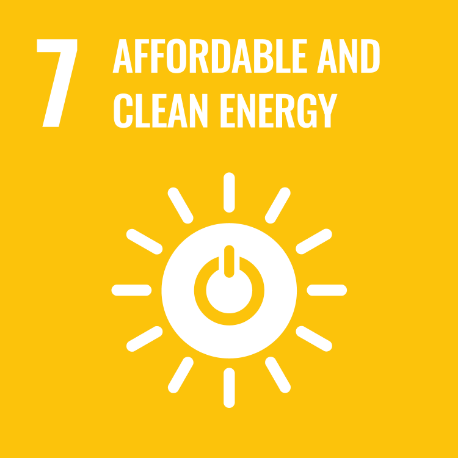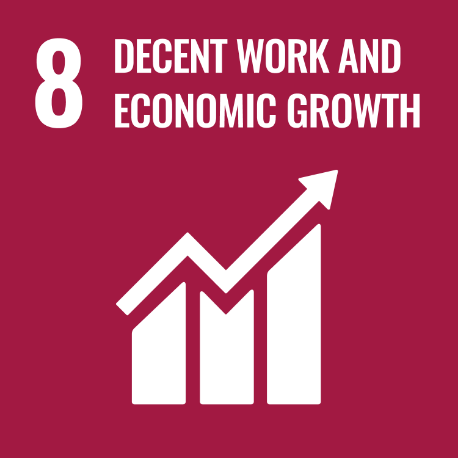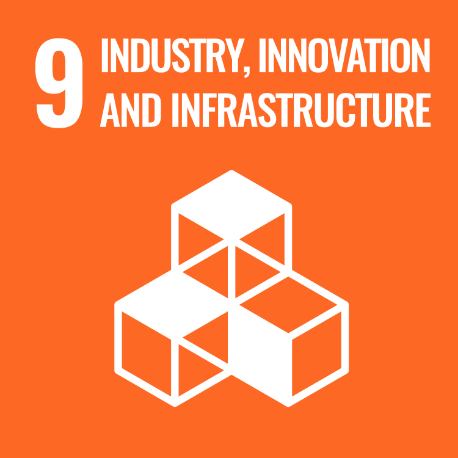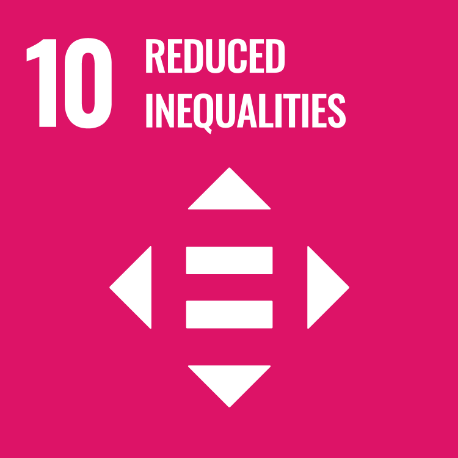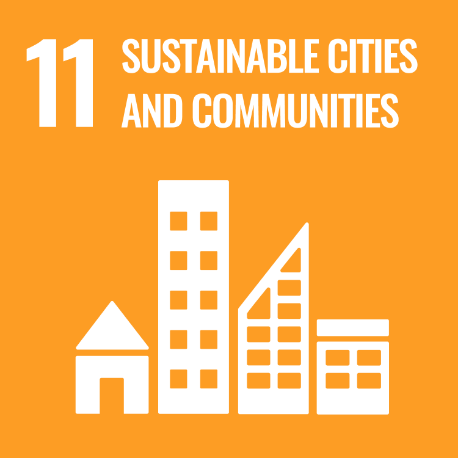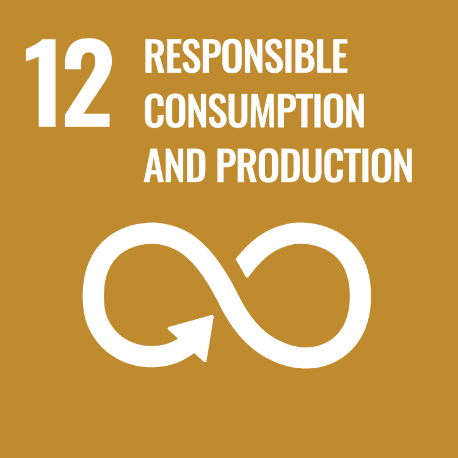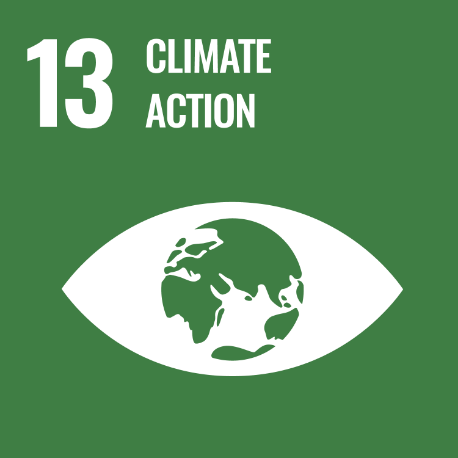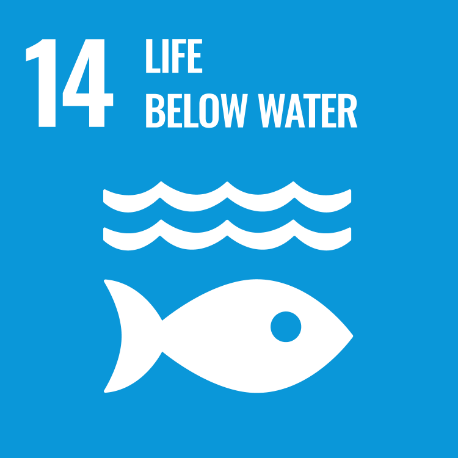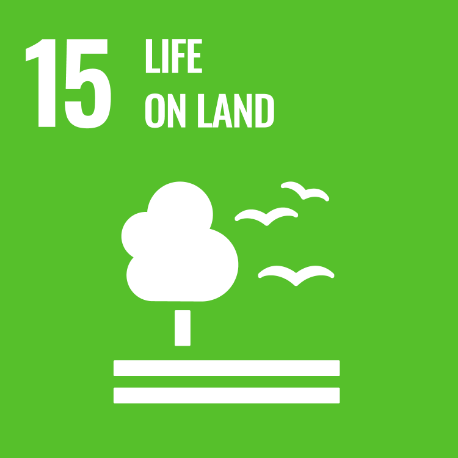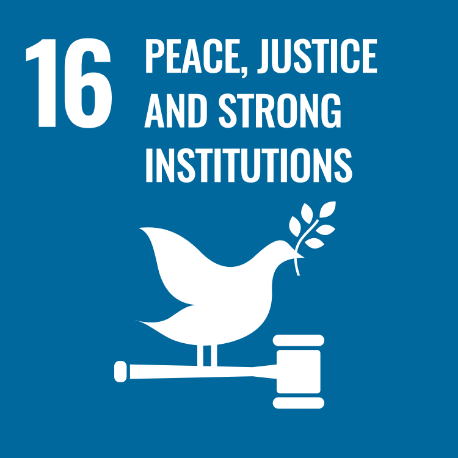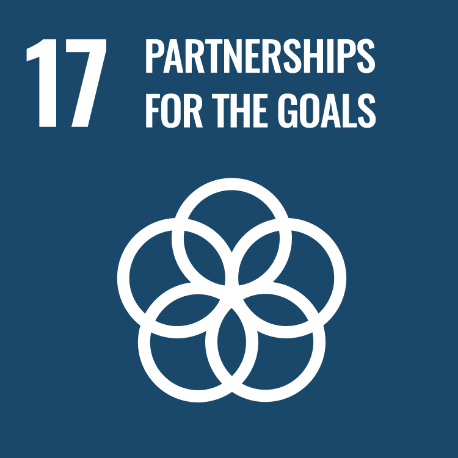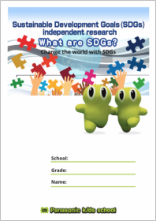

Click on the icons to jump to each goal
The goal is to end poverty in every shape and form, all over the world. Solving the type of poverty where people don’t have enough to eat in order to live is the first step. This goal goes beyond just food and water; it also includes making sure everyone has work and a place to live, access to hospitals, and the opportunity to say what they think or to use the skills they have.

685 million people worldwide still live on less than $2.15 (about ¥300) a day!

Starvation is a state of malnutrition that occurs when you haven’t eaten properly for a long time. This goal is to make sure everyone, from children to the elderly, gets enough food with sufficient nutrition. The goal is to preserve environment and crop diversity (having lots of different types of things available), while increasing stable food production.

As many as 3.1 million children under 5 years old die of malnutrition every year.

The goal is for everyone to be healthy, to prevent disease, and to have access to adequate medical treatment. Women should be able to have babies safely, and medicines or vaccines should be available to everyone. This goal also includes reducing injuries or deaths due to accidents and contamination of air, water, and land.

The aim is to save as many people as possible through medic and vaccines.

The goal is to provide equal education of high quality to everyone, with lifelong
opportunities for learning. Providing safe, easily accessible schools and
increasing the number of qualified teachers will help achieve this. It’s important
to continue education even in the middle of conflict and disaster.

As many as 57 million children of elementary school age have no chance to go to school. Let’s think about why this is happening.

The goal is to empower women and girls to stop discrimination against them. Ways of doing this include preventing physical, emotional, and sexual harm to women; valuing work done in the home; protecting women’s rights relating to pregnancy and childbirth; and encouraging equal participation in politics, economics, and so on.
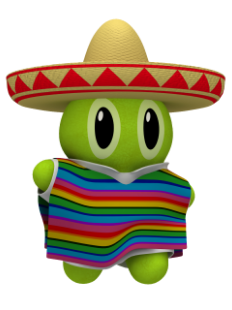
The number of women in government is very low in many countries.
Let’s make women equal to men in lots of different ways.

The goal is to provide everyone with clean water and a healthy environment through proper hygiene management. This makes good water management and garbage disposal for everyone and steps to reuse water essential.

Many people have to draw water from wells, and lots of children die from drinking unclean water.

The goal is to provide reliable, low-priced energy to everyone, not just from wood or coal but also from new sources of electricity or gas. Making greater use of clean, renewable energy (such as sunlight, the wind, flowing rivers, and ocean tides) and increasing energy efficiency are key.

Let’s think about what sorts of energy are good for people and the environment.

Decent work means everyone having access to fulfilling work that benefits economic growth while protecting natural resources. The goal is to end child labor that mentally and physically harms children under the age of 18 who are forced to work.

Life is very hard without a job. It would be good if more companies could realize rtance of people and the environment.

Infrastructure means the buildings, transport, services and so on that people need in their daily lives. More examples are water supply, railroads, gas, electricity, and the Internet. The goal is to build disaster-proof infrastructure, encourage sustainable and inclusive economic development, and make it easier to come up with new technologies.

What do you think leaders of countries or companies should do for the environment and for working people?

The goal is to reduce inequality or differences both between countries and inside countries. Inequality can be eliminated by raising the incomes of poor people and getting rid of laws and practices that discriminate against particular types of people.

No one likes being treated unequally or being discriminated against. Sustainable growth is only possible when society allows different types of people to be active.

The goal is to create cities and communities where everyone lives in safe, good-quality housing with access to water, electricity, and other essential services. Communities must be resilient against disasters. And they must monitor air pollution and waste management while providing safe and easy access to services for children, the elderly, and other vulnerable people.

Let’s think about how to make the places people live safer and more comfortable for everyone.

The goal is to make sure resources are not wasted when things are made and used. Important ways of achieving this include halving food waste worldwide; monitoring harmful chemicals that are discharged when making things to prevent water, air, and soil contamination; and adopting the Three R’s (reduce, reuse, recycle) to minimize waste.

What do you think people should do to stop wasting food, water, energy. and other resources?

Climate change is happening because emissions of carbon dioxide (CO2) and other substances by humans are making the Earth hotter and changing the weather. The focus is on taking action now to prepare for climate change problems and the natural disasters it will cause.

Let’s think about how to stop CO2 emissions.

Most ocean pollution is caused by things people do on land. The goal is to reduce pollution of the ocean, end illegal fishing that harms the environment, and make sure the resources of the sea can be used sustainably.

The oceans are full of non-biodegradable plastic garbage that pollutes the water and enters the bodies of fish.

Protecting forests and stopping desert expansion are important for preserving and regenerating land ecosystems (in other words, animals and the environments they live in) and for using them in a sustainable way. Endangered species must be protected and the loss of biodiversity must be prevented.

Let’s think about how we can prevent decreasing numbers of plants and animals.

The goal is make sure that all countries work together to achieve Goals 1 to 16. The SDGs must be included in national plans while greater steps are taken to attain them. Each country needs to think about what actions it can take and how it can use its financial resources to achieve the goals. Developed countries can help developing countries in their efforts.

Let’s make sure to accomplish the mission of the SDGs: Leave no one behind.Think about what you can do yourself!




Go Goals! is an SDGs learning game fun for kids to adults. Play it and learn about the SDGs at the same time!























